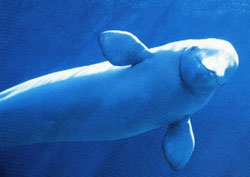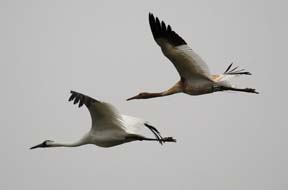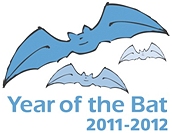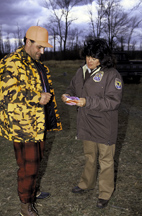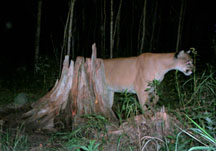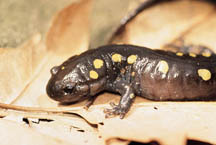Last week a federal judge upheld the federal Endangered Species Act listing of Alaska’s Cook Inlet beluga whale population. The state of Alaska had protested the listing, saying that it will hurt economic development in the region. (The Cook Inlet provides ocean access to Anchorage.)
This Associated Press article has the whole story, including the history of the lawsuit and of the beluga whale listing.
It just doesn’t seem to be a good time for states to argue with Endangered Species Act listings. Earlier this month, the Goat Blog from High Country News noted that the U.S. Supreme Court had refused to hear another challenge to an Endangered Species Act listing, the sixth time it has refused to hear cases challenging the law. This time the case was an appeal of the listing of the threatened California Delta smelt.
Read the High Country News blog here.
Photo: Beluga whale, courtesy Marine Mammal Commission (NOAA)

